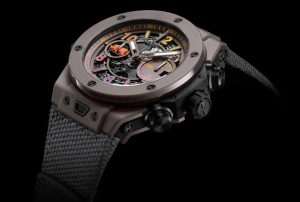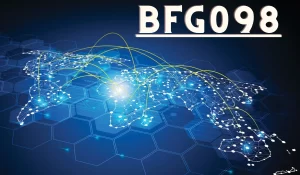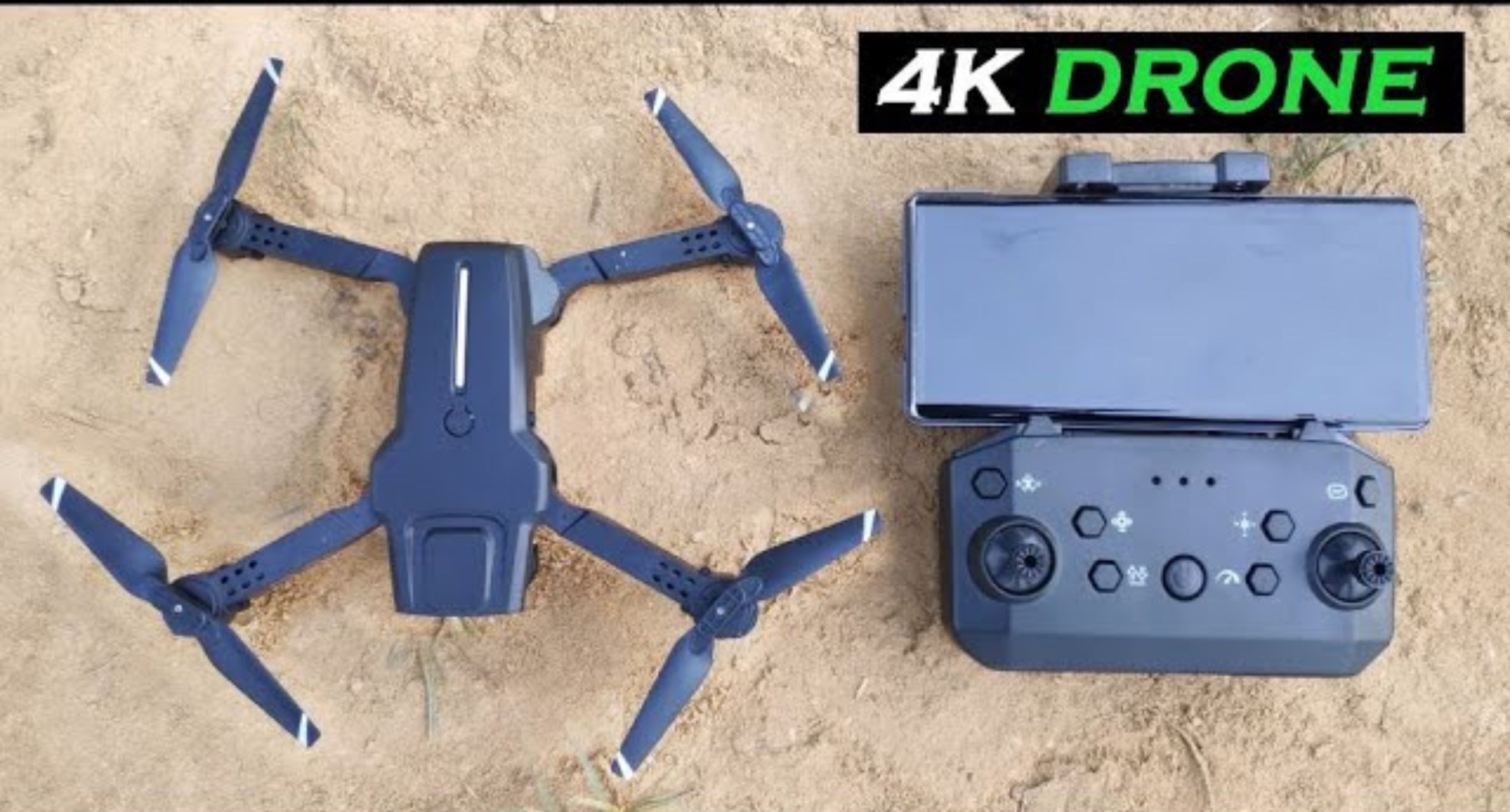
In the ever-evolving world of aerial technology, drones with 4K cameras have emerged as powerful tools that have redefined the possibilities of photography and videography. These high-flying marvels have transcended the realm of hobbyist gadgets, ushering in an era of professional-grade imaging from the skies.
With their ability to capture stunningly detailed and vibrant footage in drone 4K resolution, they’ve not only unlocked creative potential for photographers and filmmakers but have also found applications in industries ranging from real estate and agriculture to wildlife conservation and more.
Join us on a journey through the world of drone with 4K cameras as we explore their technology, applications, and the exciting future they herald for aerial imaging enthusiasts and professionals alike.
Understanding 4K Resolution
In the world of aerial photography and videography, the term “4K resolution” is a crucial factor that sets drones with 4K cameras apart from their predecessors. To appreciate the significance of this technology, let’s delve into what 4K resolution means and why it matters in the realm of drone imaging.
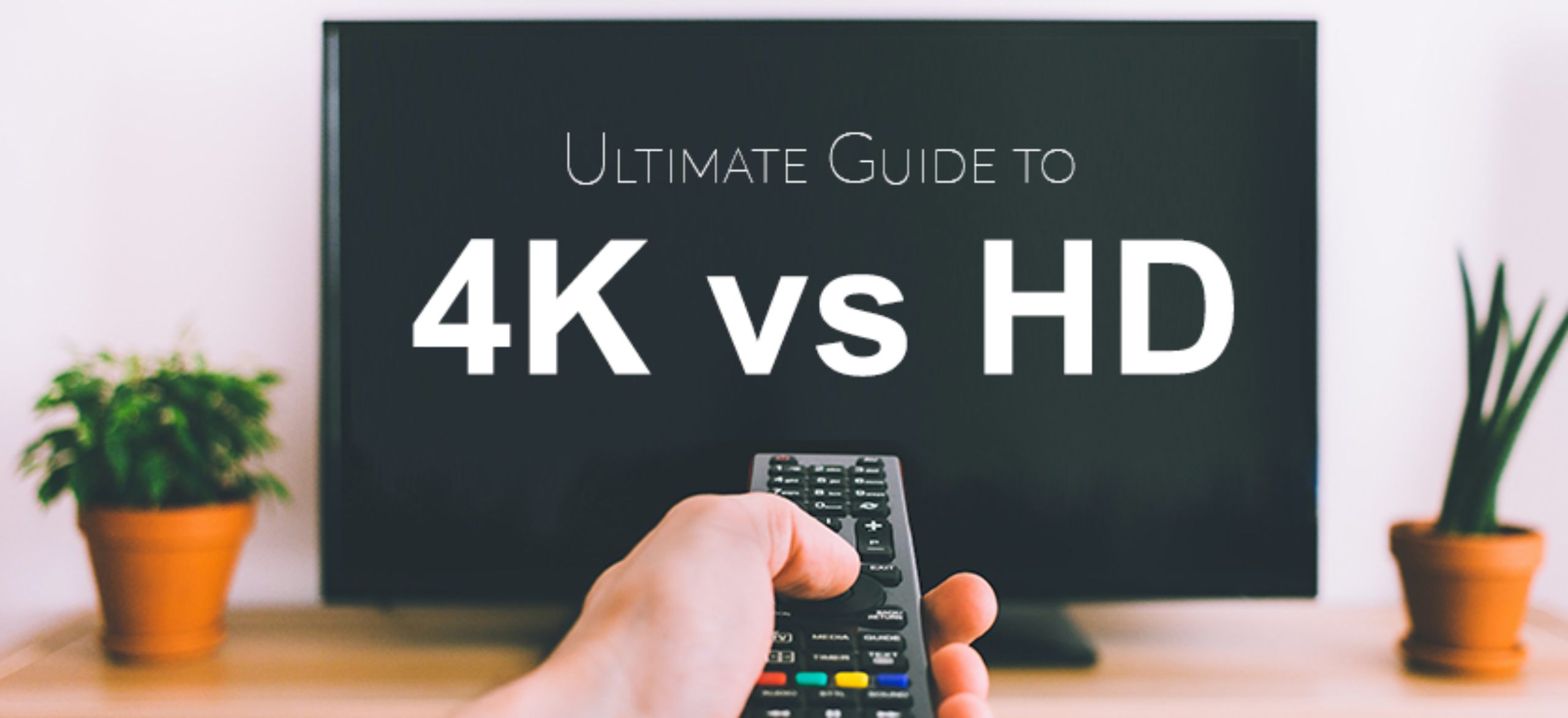
What is 4K Resolution?
4K resolution is a term used to describe a display or camera that has a horizontal pixel count of approximately 4,000 pixels. Specifically, it typically refers to a resolution of 3840 x 2160 pixels, which is nearly four times the resolution of traditional Full HD (1920 x 1080 pixels) displays or cameras. This increased pixel count results in significantly sharper and more detailed images and videos.
Why 4K Resolution Matters
Understanding why 4K resolution is essential for drone cameras is vital for anyone looking to harness the full potential of aerial imaging. Here are the key reasons why 4K resolution matters:
Greater Image Clarity
With four times the number of pixels compared to Full HD, 4K cameras offer exceptional image clarity. This means that every detail in your aerial shots, from the texture of landscapes to the fine nuances of subjects, is captured in stunning detail. This increased clarity makes your visuals more engaging and immersive.
Enhanced Post-Processing Flexibility
Higher resolution provides greater flexibility in post-processing. When you capture content in 4K, you have room to crop, zoom, and edit your footage without sacrificing image quality. This flexibility allows for creative freedom when refining your aerial photography or videography.
Improved Downscaling
4K resolution is not only about creating ultra-high-definition content. It also benefits those who need content in lower resolutions. When you downscale a 4K video to Full HD, for example, you maintain exceptional quality, as each pixel in the original 4K frame corresponds to a cluster of pixels in the downscaled image. This results in a sharper and more vibrant output.
Future-Proofing
As technology advances and displays become more sophisticated, having content in 4K resolution ensures that your work remains relevant and visually appealing for years to come. Future-proofing your content is crucial, especially in industries where visual quality and longevity matter.
Professional Quality
4K resolution is a standard in professional filmmaking and broadcasting. By using a drone with a 4K camera, you can achieve professional-level quality in your aerial content, making your work stand out in a crowded field.
Drone Technology and 4K Cameras
Drones with 4K cameras represent a fusion of cutting-edge technology, allowing for stunning aerial photography and videography. Understanding the technology behind these drones is crucial for those looking to make the most of their aerial imaging experiences. In this section, we’ll explore the key aspects of drone technology that make 4K cameras soar.

Camera Stabilization
Camera stabilization is a critical component of drones equipped with 4K cameras. Achieving stable footage while a drone is airborne can be challenging due to factors like wind and movement. To address this, manufacturers employ advanced stabilization mechanisms such as gimbals. These gimbals use motors to counteract movement and vibrations, ensuring that the camera remains steady even during aggressive maneuvers. This stability is essential for capturing smooth, professional-quality 4K footage.
Sensor Size
The sensor size of a drone’s camera plays a significant role in determining image quality, especially when dealing with 4K resolution. Larger sensors capture more light, resulting in better low-light performance and improved dynamic range. This is essential for obtaining vibrant, detailed footage in various lighting conditions. Drone manufacturers are continually working to enhance sensor technology to provide users with the best possible image quality.
Lens Quality
The quality of the lens used in a drone’s 4K camera as compare to ruko f11 pro is another crucial factor. High-quality lenses can capture sharper and more vibrant images with minimal distortion. Some drones even feature interchangeable lenses, allowing users to adapt to different shooting scenarios. The lens quality significantly contributes to the overall image clarity and detail captured by the drone’s 4K camera.
Image Processing
Behind every impressive 4K shot taken by a drone is a robust image processing system. Drones are equipped with onboard processors that handle the data from the camera’s sensor, enhancing image quality and reducing noise. This real-time processing is vital for delivering high-quality live video feeds and ensuring that the recorded footage is of the utmost clarity and color accuracy.
Remote Control and Live Viewing
Modern drones often come with advanced remote control systems that allow operators to adjust camera settings, capture photos, and record videos while in flight. Additionally, many drones offer live viewing capabilities, enabling users to see what the camera sees in real-time via a mobile device or dedicated remote controller. This live feed helps operators frame their shots and ensure they capture the desired content.
Autonomous Features
Some drones with 4K cameras boast autonomous features that simplify the filmmaking process. These features can include automated flight paths, obstacle avoidance, and subject tracking. These capabilities not only make it easier for beginners to capture stunning 4K footage but also enable professionals to achieve complex shots with precision.
Applications of Drones with 4K Cameras
Drones equipped with 4K cameras have found widespread use across various industries and creative pursuits. Their ability to capture high-resolution, stunning aerial footage and imagery has opened up a multitude of applications. In this section, we’ll explore some of the key ways in which these drones are making a significant impact.
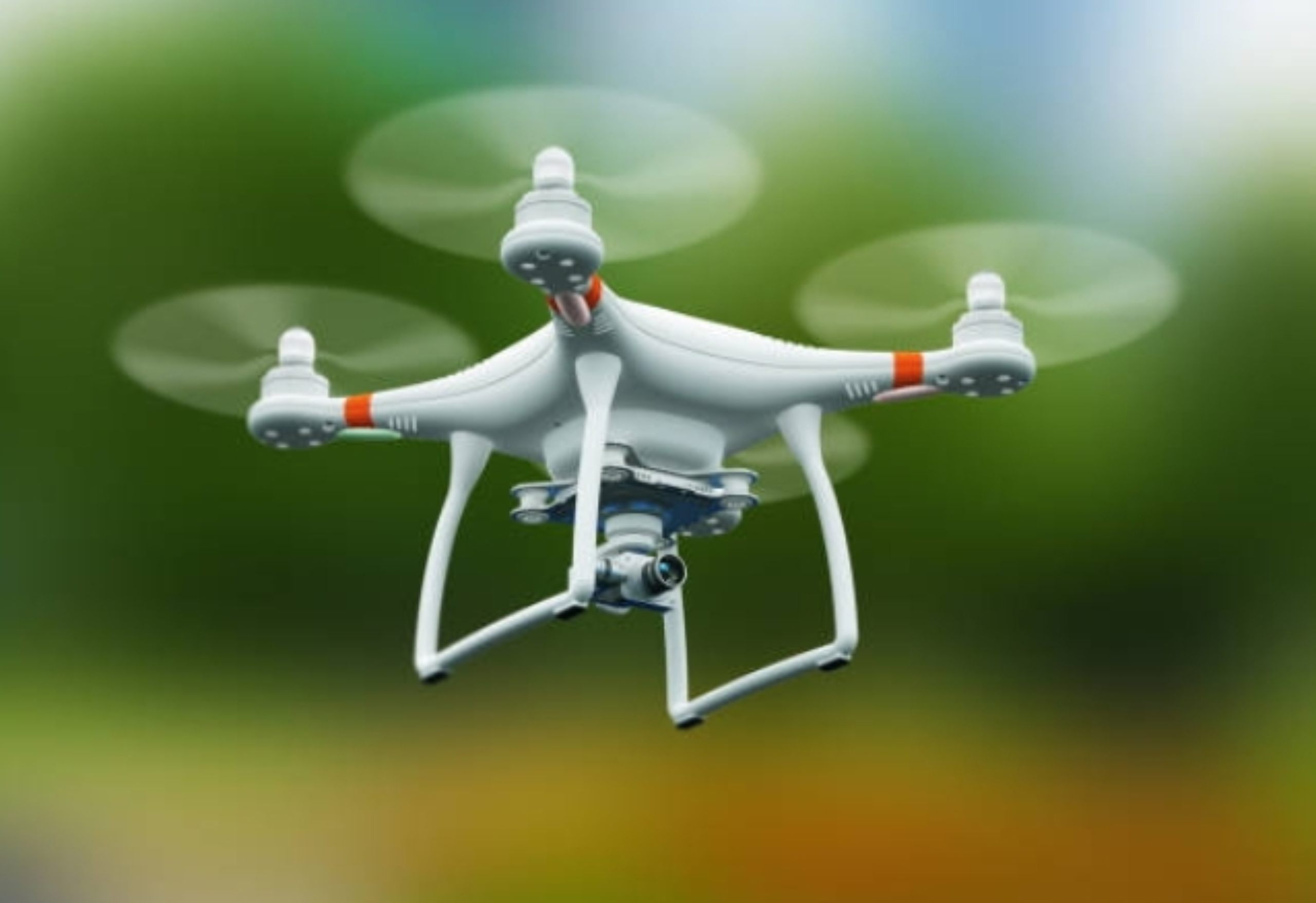
Aerial Photography
Aerial photography has been transformed by the introduction of 4K drones. Photographers can now capture breathtaking landscapes, cityscapes, and natural wonders from unique vantage points. The high-resolution 4K imagery provides unmatched detail and clarity, allowing photographers to create stunning prints and showcase the world from a new perspective.
Videography and Cinematography
The film and video production industry has been revolutionized by drones with 4K cameras. Filmmakers and cinematographers can capture cinematic shots and breathtaking aerial sequences that were once prohibitively expensive or technically challenging. The 4K resolution ensures that the footage integrates seamlessly with other high-definition content.
Real Estate Marketing
In the world of real estate marketing, 4K drones have become indispensable tools. Real estate agents and developers use aerial footage to showcase properties from unique angles. Potential buyers can get a comprehensive view of listings, including aerial views of the property, neighborhood, and surrounding landscape, which helps in making informed decisions.
Surveying and Mapping
Surveying and mapping industries benefit significantly from the use of drones with 4K cameras. These drones can quickly and accurately survey large areas of land, making them valuable tools for land surveys, urban planning, and environmental monitoring. The high-resolution imagery aids in creating precise maps and models.
Wildlife Conservation
In the realm of wildlife conservation, drones with 4K cameras are employed to monitor and protect endangered species. Researchers and conservationists can observe wildlife behavior, track animal populations, and identify threats without disturbing the natural habitat. The detailed footage is invaluable for research and conservation efforts.
Agriculture and Crop Monitoring
Farmers and agricultural professionals utilize 4K drone technology for crop monitoring. These drones can capture high-resolution images of fields, allowing farmers to identify areas in need of attention, such as irrigation or pest control. The aerial perspective provides a comprehensive view of crop health and growth.
Search and Rescue Operations
In emergency situations, such as search and rescue operations, drones equipped with 4K cameras can be deployed to locate missing persons or assess disaster-stricken areas. The high-resolution imagery aids in identifying individuals or hazards from a safe distance, expediting rescue efforts.
Infrastructure Inspection
For infrastructure inspection, such as bridges, power lines, and industrial facilities, drones with 4K cameras can access hard-to-reach areas. The detailed imagery helps inspectors identify structural issues, corrosion, or wear and tear, ensuring the safety and integrity of critical infrastructure.
Tourism and Hospitality
In the tourism and hospitality industry, 4K drone footage is used to promote destinations and resorts. Aerial views of scenic landscapes, beaches, and attractions enhance marketing materials and entice travelers to visit these locations.
Artistic and Recreational Pursuits
Lastly, drones with 4K cameras cater to artistic and recreational pursuits. Enthusiasts and hobbyists use them to capture stunning visuals for personal enjoyment, creative projects, or sharing on social media. The versatility of these drones allows for endless artistic exploration.
Choosing the Right Drone with a 4K Camera
Selecting the perfect drone with a 4K camera can be a daunting task, given the variety of options available in the market. To make an informed decision and ensure you get the drone that suits your needs, it’s crucial to consider several factors. In this section, we’ll guide you through the process of choosing the right drone equipped with a 4K camera.
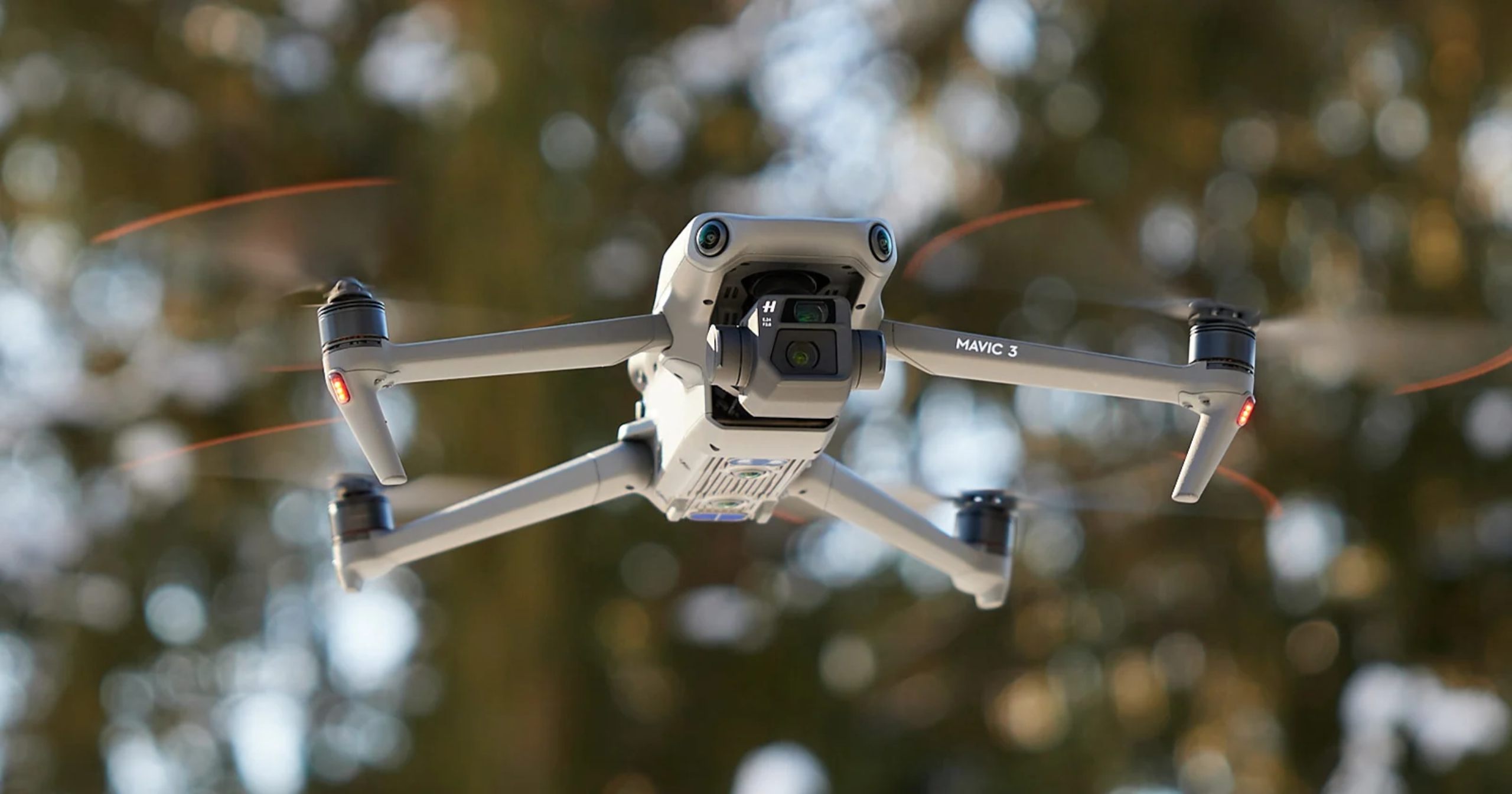
Budget Considerations
Budget is one of the most critical factors when purchasing a drone with a 4K camera. These drones come in a wide range of prices, from budget-friendly options to high-end models. Determine how much you’re willing to invest and balance your budget with the features and capabilities you require. Keep in mind that additional expenses may include accessories, spare batteries, and replacement parts.
Flight Time and Range
Flight time and range are essential considerations for your drone. Flight time typically ranges from 20 to 30 minutes on average, but some models offer longer durations. Evaluate your intended use; if you plan to capture extensive footage or cover larger areas, a drone with an extended flight time and range may be necessary.
Portability and Size
Consider the portability and size of the drone. Smaller, foldable drones are easier to transport and maneuver in tight spaces, making them ideal for travelers and adventurers. However, larger drones often offer more advanced features and better camera capabilities. Choose a size that aligns with your intended use and transportation needs.
Camera Specifications
Examine the camera specifications carefully. While all drones in this category have 4K cameras, not all 4K cameras are created equal. Look for details such as the sensor size, lens quality, and image stabilization features. These factors significantly impact the quality of your footage and the versatility of your drone.
Gimbal Stabilization
Gimbal stabilization is crucial for achieving smooth and steady footage. Check if the drone has a 3-axis or 2-axis gimbal, as a 3-axis gimbal provides better stabilization. Stable footage is especially important when shooting in 4K resolution, as any shakes or vibrations can be more noticeable at higher resolutions.
Controller and Remote
Evaluate the controller and remote that come with the drone. Some drones offer advanced controllers with built-in screens for live viewing, customizable buttons, and extended range. The quality and functionality of the controller can significantly affect your flying experience and the precision of your shots.
Intelligent Flight Modes
Many modern drones come equipped with intelligent flight modes, such as follow-me, waypoint navigation, and automatic return-to-home. These features can simplify flying and help you capture complex shots effortlessly. Consider the availability and usefulness of these modes based on your intended use.
Compatibility with Accessories
Think about the compatibility of the drone with accessories. Accessories like ND filters, additional batteries, and spare parts can enhance your drone’s capabilities and extend its usability. Check if the drone supports a range of accessories to meet your specific needs.
Brand Reputation and Support
Lastly, consider the brand reputation and customer support. Well-established drone manufacturers often provide better warranties, customer support, and access to firmware updates. Read reviews, seek recommendations, and research the manufacturer’s track record to ensure a reliable purchase.
Legal and Safety Aspects
Owning and operating a drone with a 4K camera comes with legal and safety responsibilities. Understanding the regulations and best practices is essential to ensure safe and responsible drone use. In this section, we’ll explore the legal and safety considerations that every drone owner should be aware of.
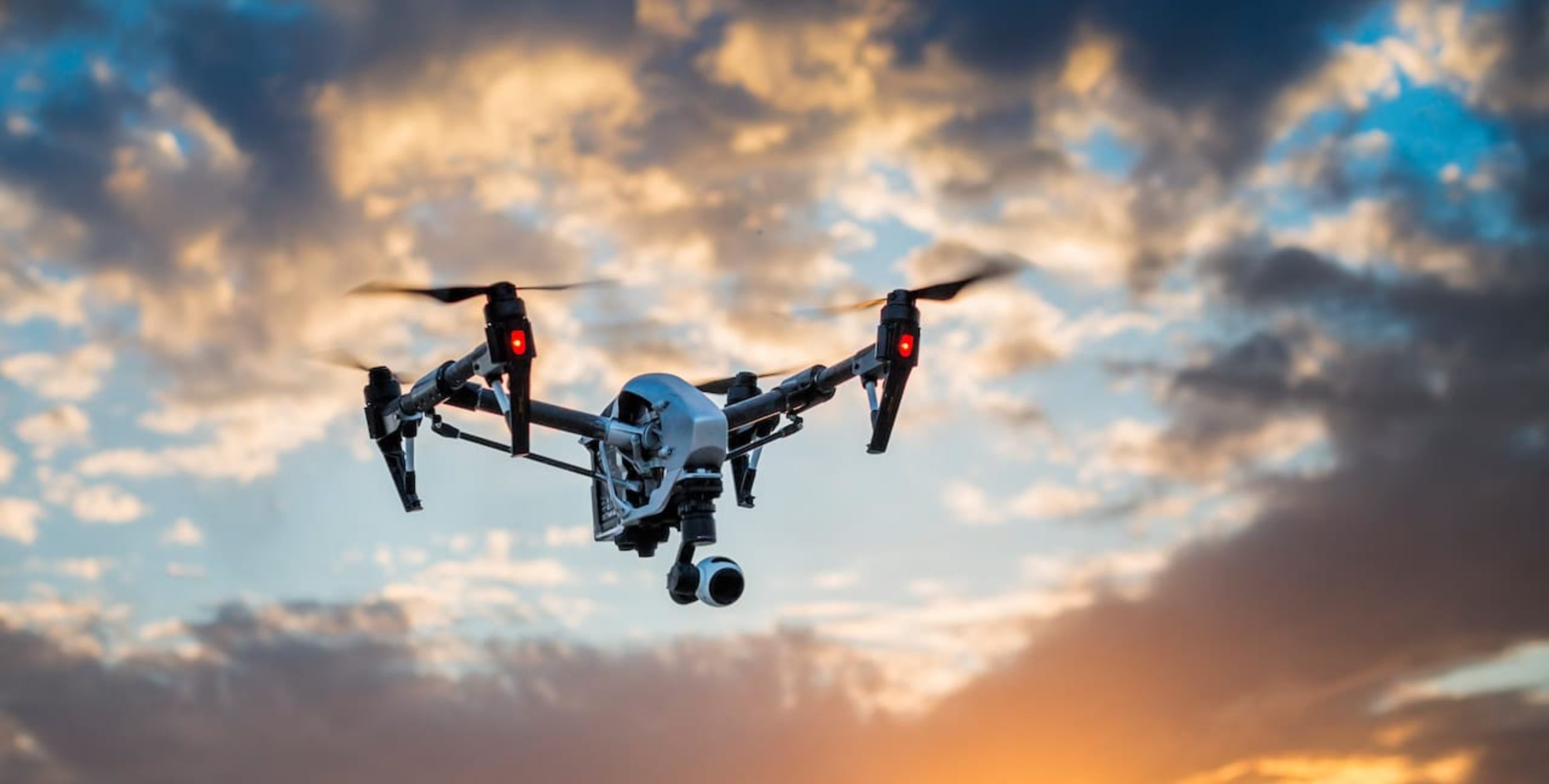
Drone Regulations
Federal Regulations
Drone operations are subject to federal regulations imposed by aviation authorities in many countries. These regulations outline rules for drone registration, flight altitude limits, airspace restrictions, and more. Ensure that you are aware of and comply with the drone regulations in your region or the areas where you intend to fly.
Registration Requirements
In some countries, drones above a certain weight threshold must be registered with aviation authorities. Registering your drone is typically a straightforward process and helps ensure accountability for drone owners.
No-Fly Zones
Identify no-fly zones in your area, which may include airports, military bases, and national parks. Flying a drone in restricted airspace can lead to serious legal consequences, including fines and confiscation of your drone.
Safety Precautions
Pre-Flight Check
Before each flight, perform a pre-flight check on your drone. Inspect the propellers, battery, and overall condition of the drone to ensure it is in proper working order.
Weather Conditions
Always consider weather conditions before flying your drone. Strong winds, rain, and extreme temperatures can affect the stability and performance of your drone. Flying in adverse conditions can be dangerous and may lead to accidents.
Line of Sight
Maintain visual line of sight with your drone at all times. This means you should be able to see your drone without the use of binoculars or other aids. Flying beyond visual line of sight may result in accidents or violations of regulations.
Respect Privacy
Respect privacy rights when flying your drone. Avoid capturing images or videos of individuals without their consent, and be mindful of your surroundings to protect the privacy of others.
Liability and Insurance
Consider liability and insurance coverage for your drone. Accidents can happen, and having insurance can help protect you financially in case of damage to property or injury to individuals caused by your drone.
Safety Training and Certification
Some regions require drone operators to undergo safety training and obtain certification before flying a drone. Even if not mandatory in your area, completing a safety course can provide valuable knowledge and skills for safe drone operation.
Responsible Flying
Promote responsible flying within the drone community. Share safety tips and educate others about the legal and safety aspects of drone use. Encourage a culture of responsible and respectful drone operation.
Post-Processing and Editing
Capturing stunning 4K footage with your drone is just the first step in the creative process. Post-processing and editing are essential to transform your raw footage into polished and captivating content. In this section, we’ll explore the key aspects of post-processing and editing for drone footage shot with a 4K camera.
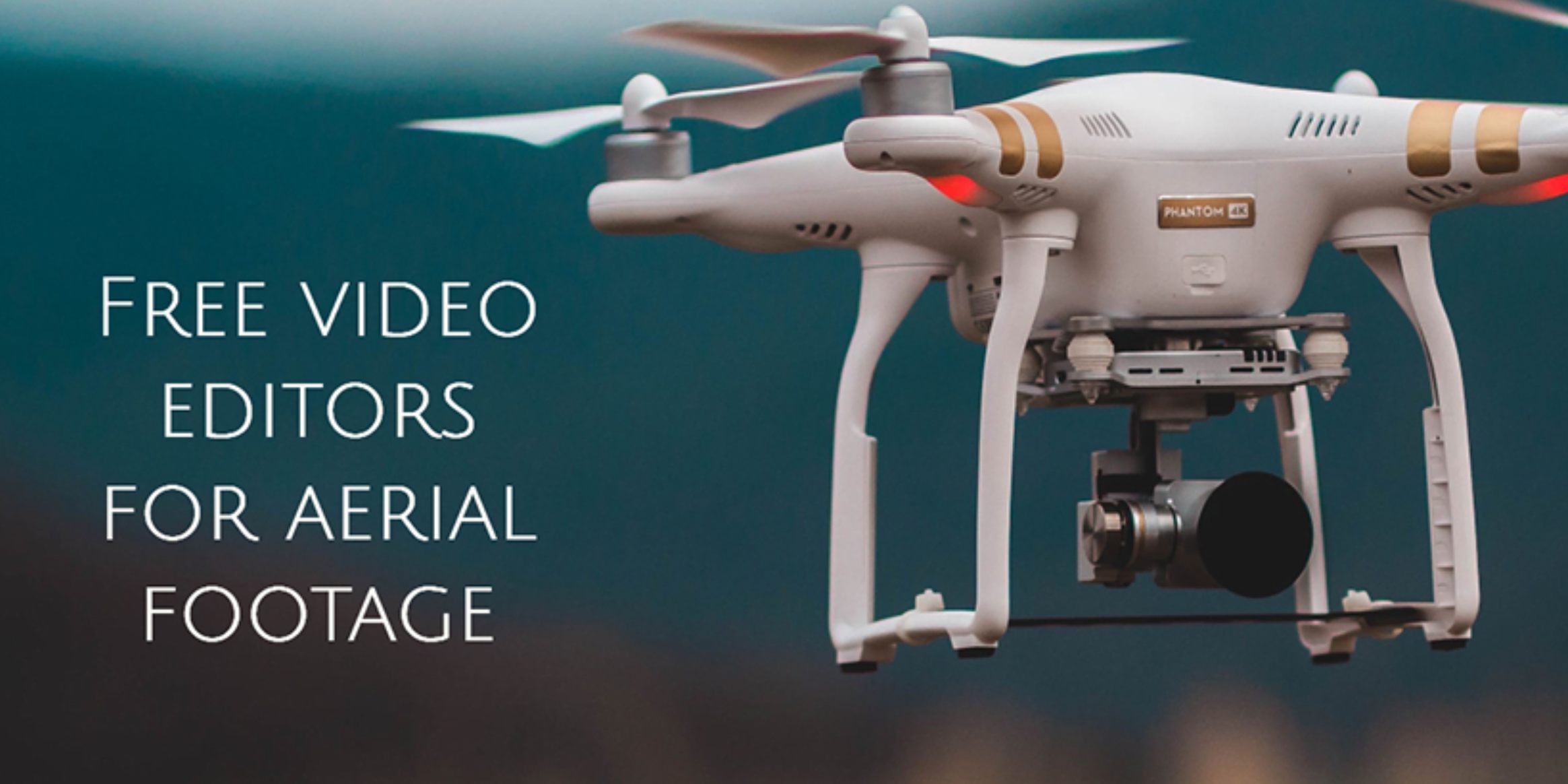
Editing 4K Footage
Choosing the Right Software
Selecting the right video editing software is crucial for working with 4K footage. Look for software that supports 4K resolution and offers a range of editing tools and effects. Popular options include Adobe Premiere Pro, Final Cut Pro X, and DaVinci Resolve.
Organizing Your Footage
Before diving into editing, organize your footage. Create folders or libraries to keep your clips organized and easily accessible. This step can save you valuable time during the editing process.
Transferring and Backing Up
Ensure a smooth workflow by transferring your footage from the drone’s memory card to your computer. Make sure to back up your files to prevent data loss. 4K footage can be data-intensive, so having ample storage space is essential.
Editing Workflow
Establish a systematic editing workflow. Begin by selecting your best clips and organizing them on a timeline. Edit for content, removing any unwanted footage, and then focus on transitions, color correction, and audio enhancements.
Color Grading
Color Correction
Color correction is an essential part of color grading. Adjust the exposure, contrast, and white balance to ensure that your footage looks natural and balanced. Correct any color casts or imperfections in the footage.
Creative Color Grading
Take your color grading a step further by applying creative color grading techniques. Experiment with different color palettes and styles to achieve a unique look for your footage. This step can enhance the mood and storytelling in your videos.
Stabilization
To further enhance the quality of your 4K footage, consider applying stabilization in post-processing. Even with the best gimbal, slight shakes or vibrations may still be present. Stabilization tools in editing software can help smooth out your shots.
Sound Editing
Don’t forget the importance of sound editing. Good audio quality is essential for professional-looking videos. Remove background noise, enhance dialogue or narration, and add music or sound effects to complement your visuals.
Exporting in 4K
When your editing is complete, export your video in 4K resolution to maintain the highest quality. Ensure that your export settings match your project settings, and choose a suitable file format for your intended distribution platform.
Storage and Data Management
4K footage generates large file sizes, so effective storage and data management are crucial. Invest in high-capacity drives and an organized file structure to keep your edited projects and raw footage easily accessible.
Learning and Skill Development
Mastering the art of post-processing and editing is an ongoing process. Consider taking online courses or tutorials to improve your editing skills and stay up to date with the latest techniques and trends.
Future Trends in Drone Technology
The world of drones with 4K cameras is constantly evolving, driven by advancements in technology and innovative applications. In this section, we’ll explore the exciting future trends that are shaping the landscape of drone technology and aerial imaging.
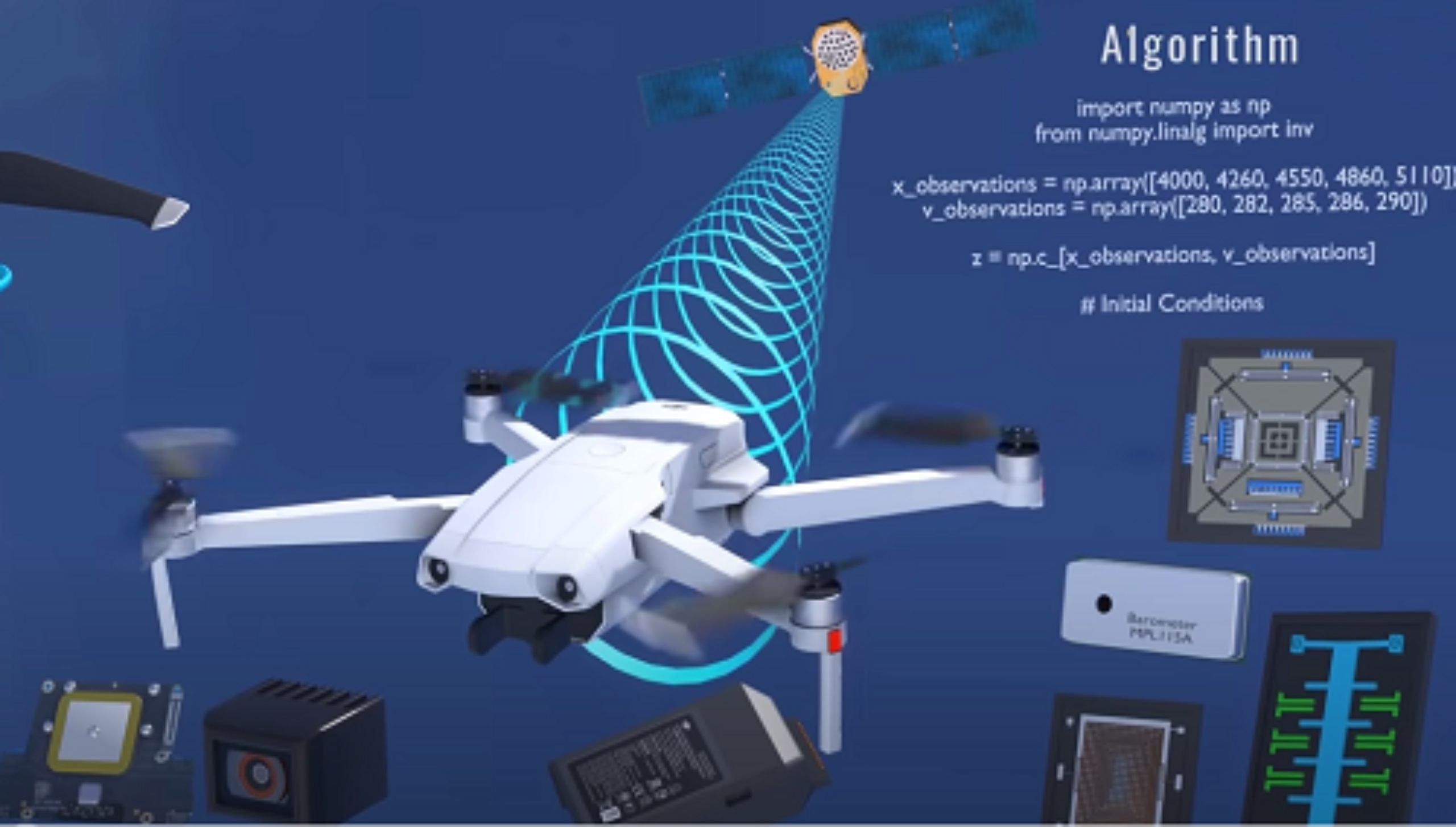
Beyond 4K: 8K and Beyond
Higher-Resolution Cameras
One of the most anticipated trends in drone technology is the adoption of higher-resolution cameras, such as 8K and beyond. As consumer displays and professional screens continue to improve, drones are likely to offer even greater resolutions for more detailed and immersive imagery.
Improved Image Sensors
Advancements in image sensor technology will play a crucial role in achieving higher resolutions. Expect improved image sensors that are more sensitive to light and capable of capturing incredibly detailed footage, even in low-light conditions.
Autonomous Drones
Advanced AI and Machine Learning
Autonomous drones equipped with advanced AI and machine learning capabilities are on the horizon. These drones will be able to recognize and track objects, make real-time decisions, and fly more autonomously, reducing the need for manual piloting.
Automated Cinematography
For filmmakers and content creators, the future holds the promise of automated cinematography with drones. Pre-programmed flight paths, dynamic tracking, and intelligent framing will make it easier to capture cinematic shots with precision and creativity.
Extended Flight Times
Battery Technology
Battery technology is a key driver behind extended flight times. As battery capacity improves, drones will be able to stay airborne for longer periods, opening up new possibilities for aerial photography and videography.
Solar and Hybrid Drones
Innovations in power sources, such as solar and hybrid drones, are being explored to further extend flight times. These drones can recharge or switch between power modes while in flight, increasing their range and endurance.
Enhanced Connectivity
5G Connectivity
The rollout of 5G connectivity will enable drones to transmit high-resolution 4K and beyond in real-time. This will revolutionize applications like live streaming, remote inspections, and collaborative drone operations.
Mesh Networks
Drones are likely to form part of mesh networks, enabling them to communicate with each other and share data seamlessly. This technology could be used for search and rescue missions, surveillance, and infrastructure monitoring.
Safety and Regulations
Geofencing and Air Traffic Management
Geofencing technology will become more sophisticated, helping to keep drones out of restricted airspace and ensuring safe separation from manned aircraft. Enhanced air traffic management systems will be essential as drone traffic increases.
Remote Identification
Remote identification systems will become standard, allowing authorities to identify and track drones in real-time. This technology will enhance security and accountability in drone operations.
Environmental Considerations
Sustainable Materials
In response to environmental concerns, drone manufacturers are exploring the use of sustainable materials and eco-friendly designs. This trend aligns with the growing emphasis on sustainability in various industries.
Noise Reduction
Efforts to reduce drone noise pollution will continue, making drones more environmentally friendly and less intrusive, especially in urban environments.
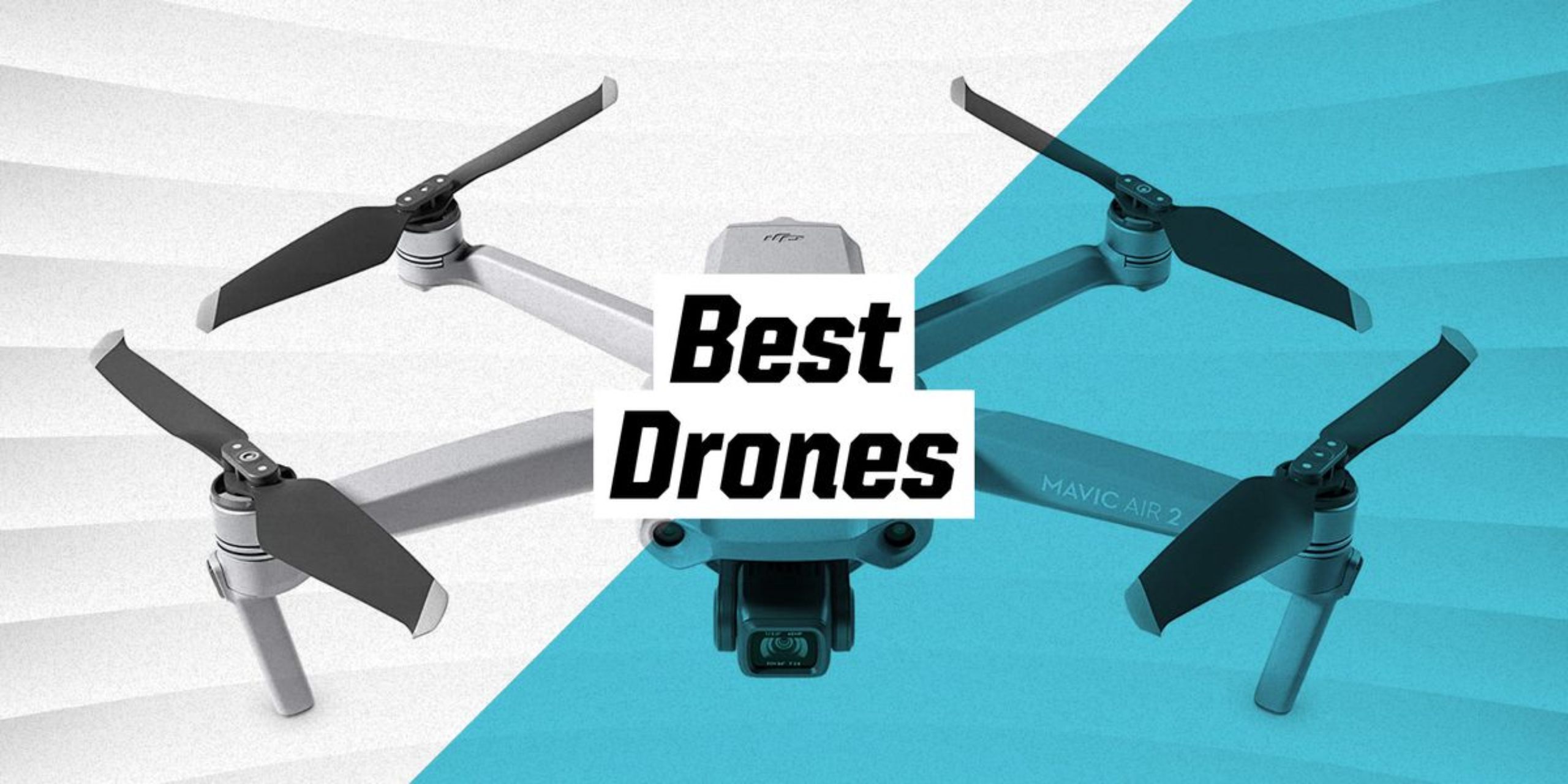
Frequently Ask Questions
- Which drone camera is best?
The best drone camera depends on your specific needs and budget. DJI is a well-known brand that offers a range of high-quality drone cameras. - What is the price of DJI Action 2 in Pakistan?
The price of the DJI Action 2 may vary, and it’s recommended to check with local retailers or DJI’s official website for the most up-to-date pricing in Pakistan. - Which drone has a 4K camera?
Many drones have 4K cameras, including popular models like the DJI Mavic Air 2, DJI Mini 2, and more. - What is the difference between 4K and 8K drones?
The primary difference is the resolution. 4K drones capture footage at a resolution of approximately 3840 x 2160 pixels, while 8K drones capture at a much higher resolution of around 7680 x 4320 pixels, providing more detail and clarity. - Which drone has an 8K camera?
As of my last knowledge update in September 2021, the DJI Matrice 600 Pro was one of the drones known for supporting an 8K camera, but it’s essential to check for the latest models and releases. - Is an 8K drone worth it?
The worthiness of an 8K drone depends on your specific requirements. If you need extremely high-resolution footage for professional applications, it might be worth it. However, 4K drones are generally more than sufficient for most consumers and hobbyists. - Which company drone is best?
DJI is widely regarded as one of the best drone manufacturers due to its range of high-quality products and innovation. However, other companies like Autel Robotics and Skydio also offer competitive drones. - What is the smallest 4K drone?
The DJI Mini 2 is one of the smallest and lightest drones with a 4K camera. - What is the price of a drone camera in Pakistan?
Drone camera prices in Pakistan can vary widely based on the brand and model. It’s best to check with local retailers or online marketplaces for specific pricing. - What is the price of an 8K drone?
The price of an 8K drone can vary significantly, depending on the brand and features. High-end professional drones with 8K cameras can be quite expensive, often costing thousands of dollars. - What are 8K drones?
8K drones are drones equipped with cameras capable of capturing video footage in 8K resolution, which is an extremely high-quality format known for its exceptional detail. - What is the best drone for 8K video?
The best drone for 8K video would typically be a professional-grade model from companies like DJI or Autel Robotics, but it’s essential to research the latest models to find the best fit for your needs. - Is there an 8K drone?
Yes, there are drones available with 8K camera capabilities. These are often used for professional filmmaking and photography. - Is a 4K camera on a drone good?
Yes, a 4K camera on a drone can provide excellent video quality and is suitable for various applications, including amateur filmmaking, photography, and more. - What is the price of a 4K drone?
The price of a 4K drone varies depending on the brand and features. Entry-level 4K drones can start around a few hundred dollars, while more advanced models can cost significantly more. - Which drone has 4K 60fps?
Several drones offer 4K video recording at 60 frames per second (fps), including models like the DJI Mavic Air 2 and DJI Phantom 4 Pro. - How far can DJI Mini 2 4K drone fly?
The DJI Mini 2 has a maximum transmission range of up to 10 kilometers (6.2 miles), but this can vary depending on local regulations and environmental conditions. - How much is the DJI 4K camera?
The price of a DJI 4K camera can vary depending on the specific model and whether it’s sold separately or as part of a drone package. You can check DJI’s official website or authorized retailers for pricing details.


